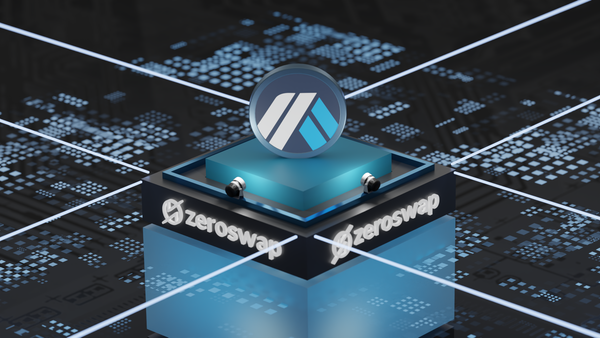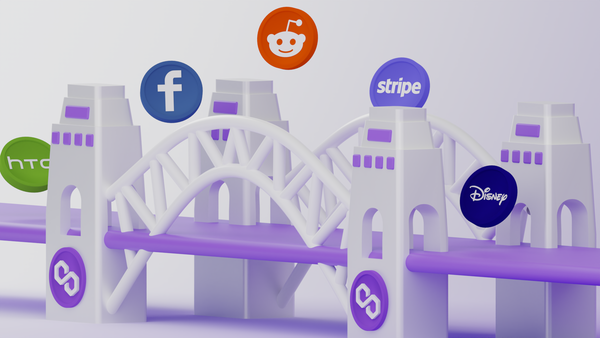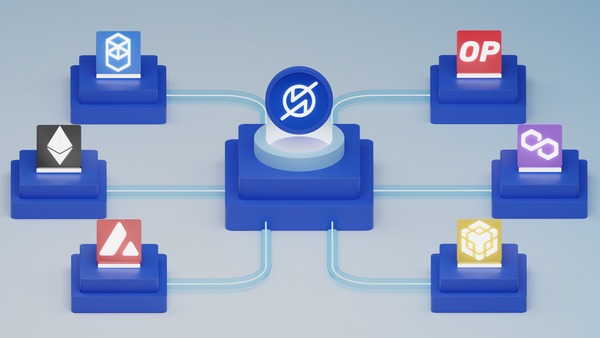ETH 2.0 - The Merge and Its Importance
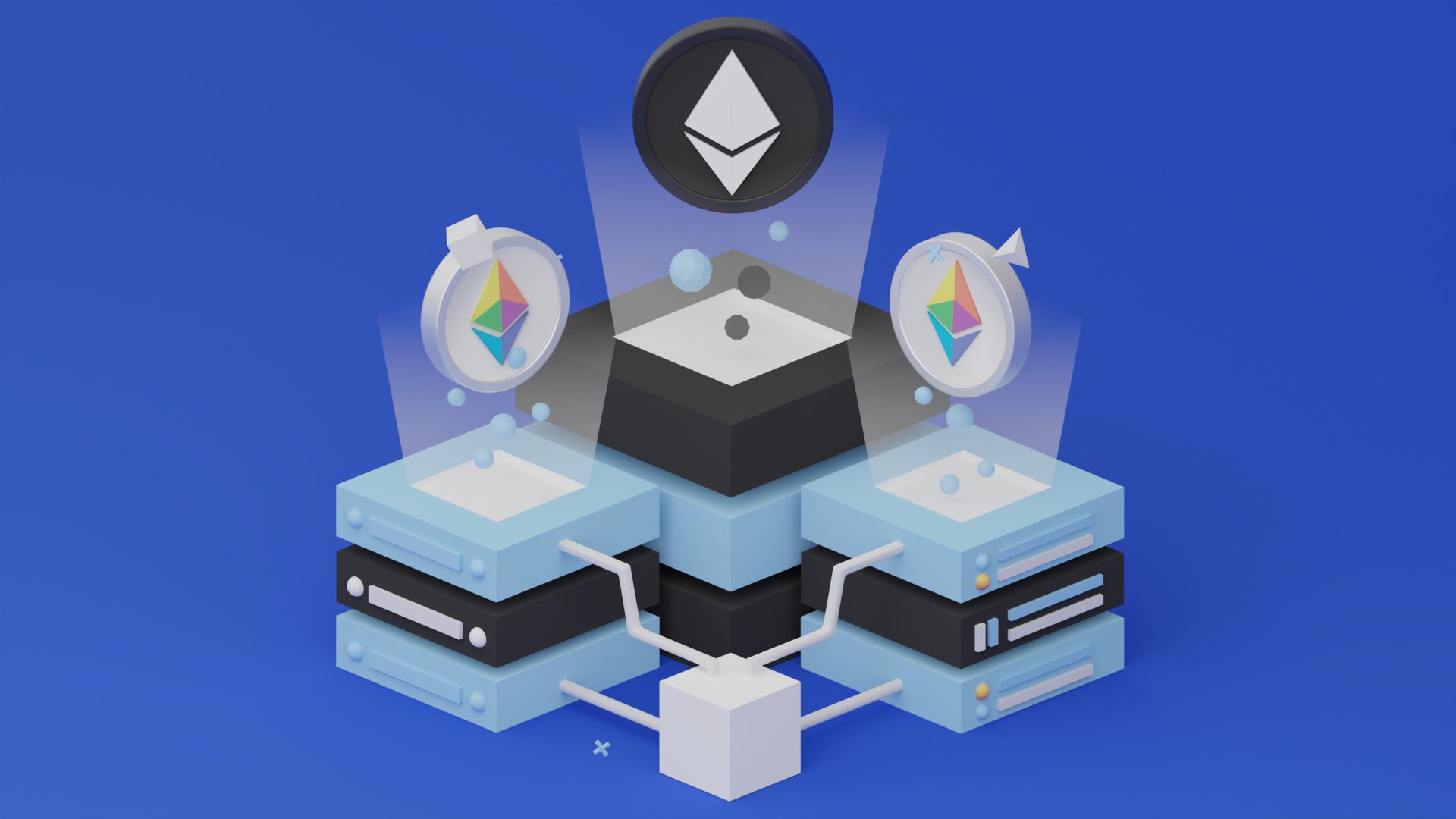
Ethereum took one of the biggest steps towards proof-of-stake (PoS) this Wednesday by successfully deploying "The Merge" on the Ropsten testnet. If all goes well, this process will be replicated for the main Ethereum network.
Eth 2.0, also known as Ethereum 2.0 or The Merger, is an upgraded version of the Ethereum blockchain and a long-awaited milestone in Ethereum's journey toward a new Proof-of-Stake (PoS) consensus mechanism. Ethereum plans to update its blockchain to become scalable, efficient, and fast to process more transactions. The Merge is also more sustainable than the previous version, viz., fundamental changes in the design and structure, primarily via "proof of stake" and "sharding."
The complexity of such a change to Ethereum's code requires multiple tests on various testnets, Ropsten's being the major one. This test, along with other tests (Goerli and Seoplia expected to happen in the coming months), will help inform developers of future steps necessary towards the Merge on the mainnet.
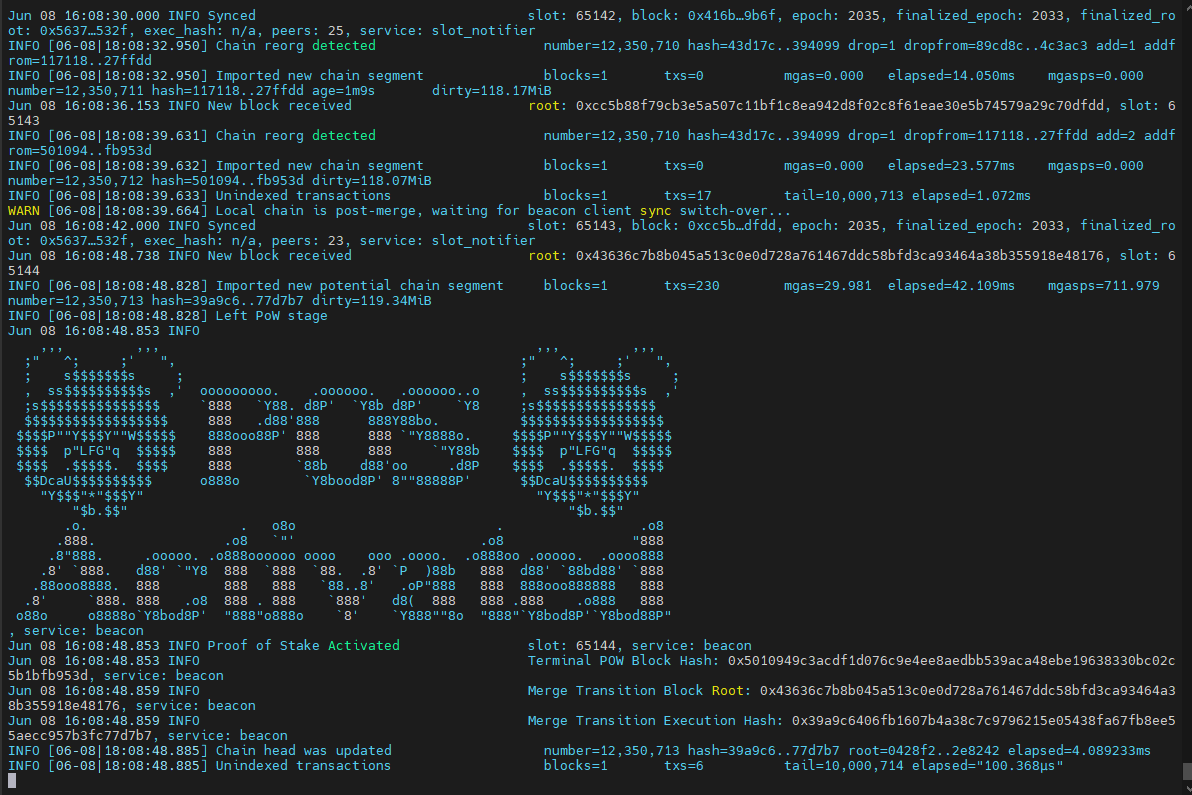
Why is The Merge necessary for the Ethereum Network?
The shift from Ethereum 1.0 to Ethereum 2.0 is not sudden. It has been there in the community for years, but now as the demand for blockchain has increased, it is time to upgrade the blockchain.
The primary difference between Ethereum 1.0 and Ethereum 2.0 is that the first one uses proof of work as a consensus mechanism, while the latter uses a proof of stake mechanism.
It is planning to scale by using sharding, a common technique among newer PoS cryptocurrencies that gives them a platform to scale without sacrificing security and decentralisation.
What makes Ethereum 2.0 choose sharding is that it uses smaller pieces of databases that are more manageable, with most nodes, PoW blockchain, and computer networks that have a complete copy of the history of transactions as they are the older cryptocurrency that holds a lot of space with a long history of transactions. But with the introduction of sharding, the blockchain can be cut into many parallel sections, and nodes are assigned to one section instead of holding the entire chain's data. This makes the transactions proceed simultaneously, with increased transaction speed.
The consumption of energy while mining is one of the biggest challenges that a person faces while investing in a blockchain, as mining requires a lot of gas, meaning a lot of money, so to make the entire procedure more convenient for the daily people, Ethereum 2.0 would have proof of stake and sharding where it will break the information into minor part making it consume less gas and give you more profit.
It's a big day for Ethereum.
— pastry (@PastryEth) June 8, 2022
Within the next 24 hours, the Ropsten network will undergo The Merge.
This marks the final phase of testing before deployment on mainnet.
Let's dive in... pic.twitter.com/X7GdZqoR8z
Why is Ethereum 2.0 important?
- It would help Ethereum scale at a grander scale. It supports thousands of transactions per second with better speed and lower cost.
- Compared to the current version, it is safe, making transactions much more secure.
- It is more sustainable as it no longer involves the PoW consensus algorithm that consumes a lot of energy. Therefore, it will be better for the environment than Ethereum 1.0.
- It promises to roll out up to 100,000 transactions per second. That means it would make the subsequent billion transactions seamless.
- It uses the Point of Stake method, eliminating the need for expensive equipment and decentralising it.
The move to The Merge is going on in phases that started at the end of 2020 and are still going on. The transition to Eth 2.0 is a significant event in the crypto industry as it will resolve issues from Ethereum 1.0 and open a door where blockchain can expand.
What Next?
Now that the Merge has been successful in the Ropsten Trial, it will be next deployed in the Goerli and Seoplia testnets before finally deploying in the mainnet.
If all goes well, we'll see the newer version of Ethereum in August 2022 (expected timeline)


